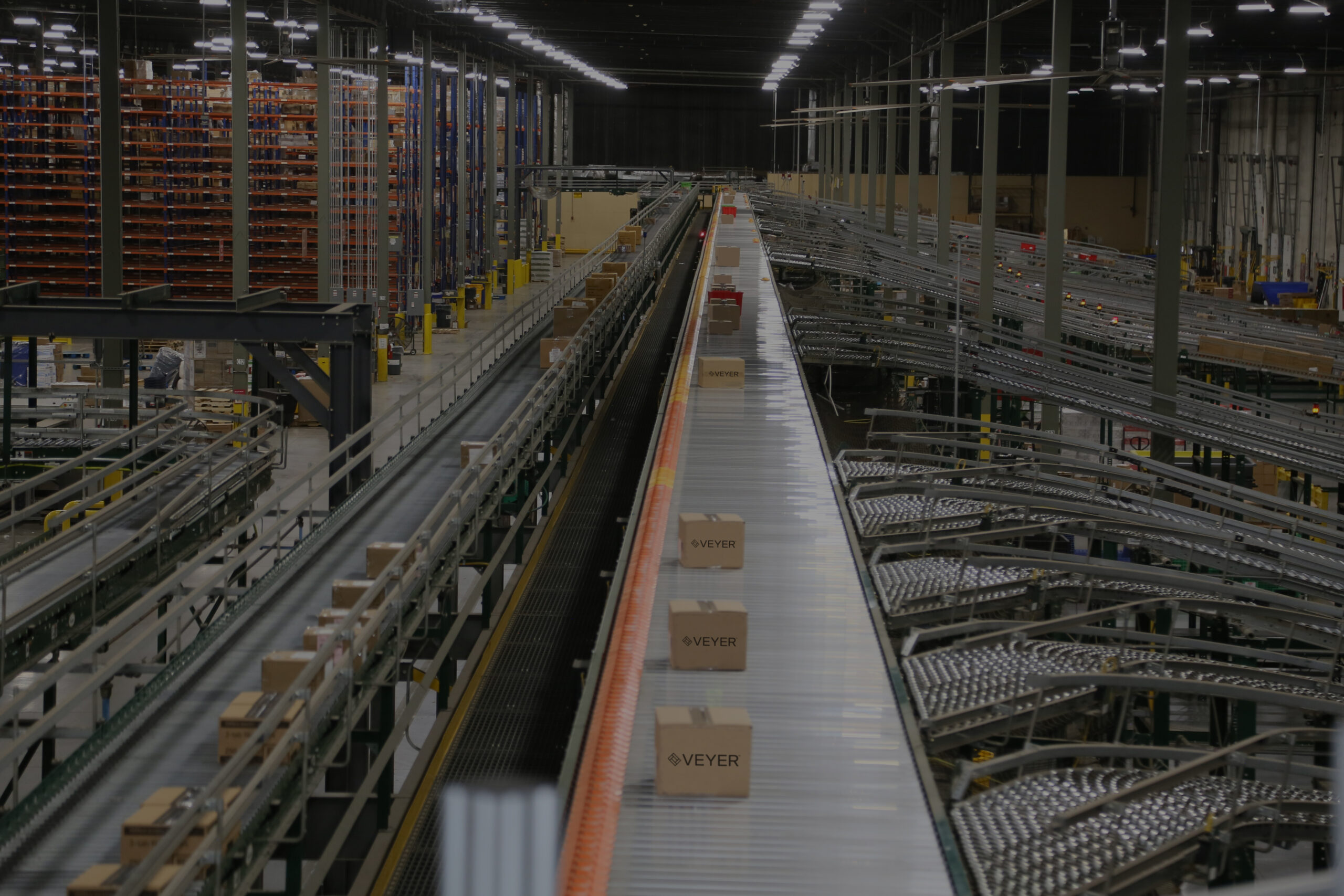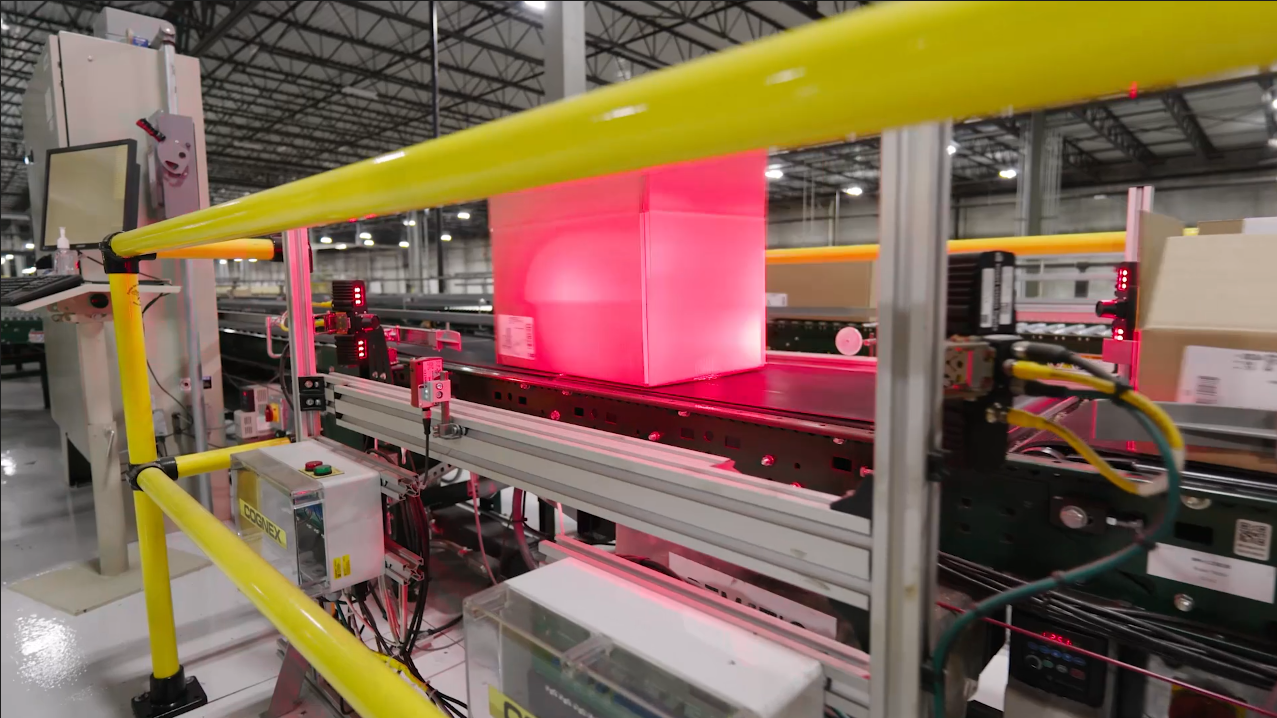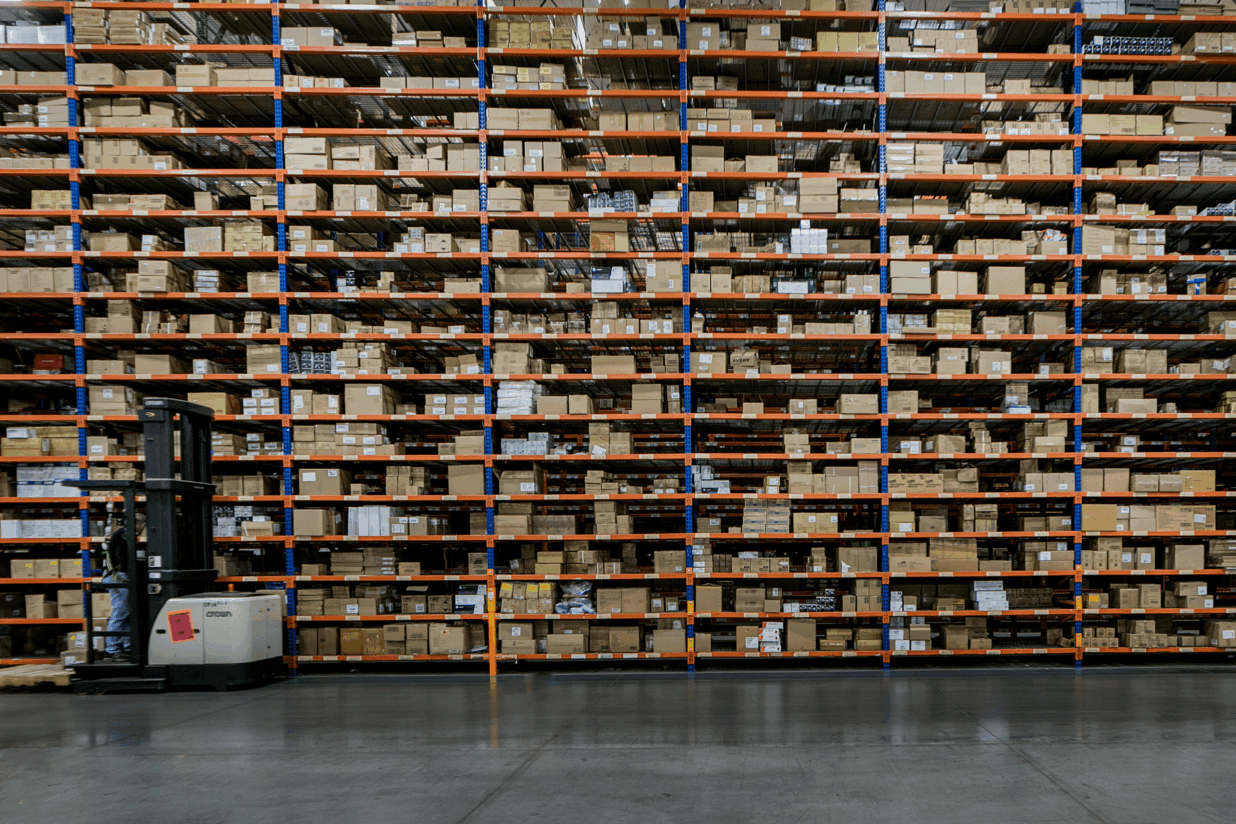Seasonal spikes are the reality of modern retail, and the ever-faster cycle of changing supply chains, tariffs, and trends makes them true make-or-break events. Back-to-school surges, summer promotions, Black Friday/Cyber Monday tidal waves, and the return ripples that follow present both massive opportunity and massive risk.
The shoppers secured during a pivotal peak often become repeat customers. On the other hand, delays and missed delivery promises lead to lost sales, frustrated customers, and potentially long-term brand damage. But peaks don’t have to mean chaos. With the right partner and tactics, seasonal demand can become a predictable, profitable part of your business.
The Problem: Why Peaks Break Operations
When volume spikes, three pressure points tend to break first:
- space,
- speed, and
- carrier capacity.
Your warehouse capacity can fill up overnight when you miss a trend, or when you’re a hit but only have a small facility. Pick and pack slows when temporary labor isn’t trained or scheduled correctly. And carriers, already stretched thin during peak windows, may limit capacity to your normal volume, tack on surcharges as you grow, or even miss SLA commitments due to overall demand.
Counter-cyclical peaks (think a niche product that sells unexpectedly out of season, like everyone creating a home gym at the start of COVID) add even more unpredictability because they don’t follow calendar expectations and don’t fit neatly into existing plans.
Teams that try to “figure it out internally” often find themselves paying for rushed freight, emergency labor, and lost sales because of small networks or tech stacks that can’t quite automate all the right elements. And, unfortunately, these costs compound quickly. You might even fall into the $2 million expansion trap.
If you respond to space, speed, or carrier issues too slowly, you can easily miss your peak window and end up with a lot of excess inventory that not only has longer storage costs but ultimately is sold at a reduced price. That’s why growth-oriented brands don’t treat seasonal surges as a one-off problem. Instead, they build a repeatable, partner-enabled plan to respond in the moment.
Why A Distributed 3PL Network Changes The Math
A distributed fulfillment network turns geographic proximity and scale into a fast, reliable advantage. Instead of routing every order from a single site, inventory can be pre-positioned closer to customers. That shortens transit times, reduces expedited freight needs, and protects service levels when carriers are congested in a region.
VEYER’s network of 40+ fulfillment centers gives brands that exact advantage. By leveraging multiple nodes across the U.S., you minimize the operational impact of any one site hitting capacity, and customers never see any disruption or delay.
Remember, 85% of customers will never shop with a retailer again after experiencing poor delivery service.
Localized inventory also means fewer late deliveries and fewer emergency expedited shipments, keeping expenses down and allowing you to scale a positive customer experience. With the right partner network, you’re building flexibility and response time. There’s no need for buying or building permanent square footage, you can scale up with your 3PL for the few weeks you need peak capacity and scale back afterward.
Pre-Positioning: Predict, Stage, And Win
The best seasonal strategies start long before the spike.
Predictive demand models use past sales, channel signals, advertising plans, and market trends to help you stage inventory ahead of time in the right regions. A luggage brand, for example, may stage summer travel assortments to Southern and coastal hubs in May, and then shift heavier winter lines to different regions ahead of holiday travel spikes. A high-end electronics seller might stage hot SKUs in West Coast and Northeast hubs ahead of November promotions to reach larger and more lucrative markets.
Pre-positioning is planning, not guesswork, when it’s paired with analytics and a multi-node network that removes the need for last-mile expedites. It’s a smart way to avoid last-mile expedites and reduce the “all-or-nothing” scramble that drives costs up.
Tactical Tools That Keep Operations Running At Scale
When volume surges, operational tactics matter as much as strategy. Here are some of the practical levers a modern 3PL pulls to keep throughput high and cost low:
- Cross-docking: inbound product moves directly to outbound flows without long-term storage. This reduces dwell time and eliminates inbound congestion during peak windows. Use goods to fill orders as soon as you get them.
- Dynamic slotting: pick locations in a warehouse are reassigned in real time based on demand patterns, minimizing picker travel and increasing throughput. Pick-and-pack gets faster to fill more orders and meet your shipping time guarantees.
- Flexible labor pools: a blended labor model that includes trained seasonal teams and floating staff across facilities ensures ramped-up staffing without sacrificing accuracy.
- Centralized WMS orchestration: a robust warehouse management system coordinates routing logic, slotting, cross-dock flows, and labor assignments across sites so that spikes are handled consistently and predictably.
- Long-term carrier partner: an existing working relationship to help maintain capacity even during peak crunches because your 3PL is a reliable partner with your carriers of choice.
These tactics are the operational backbone that turns a distributed network from “nice to have” into “mission-critical.” VEYER’s centralized technology stack coordinates these tactics across its network, so that that a spike in one region doesn’t cascade into missed SLAs everywhere.
Turn Excess Capacity Into Competitive Advantage
Temporary demand shouldn’t mean permanent cost. Brands can tap a 3PL’s excess capacity to avoid expensive long-term facilities.
Think about cosmetics brands launching holiday gift sets. Seasonal capacity from a partner lets them handle a short-lived surge without signing long leases or hiring permanently. But they always get access to trained warehouse crews who know how to properly store, pick, and pack goods in their industry.
For apparel brands, offloading winter overstock into a 3PL network during the off-season can be more cost-efficient than liquidation or destruction. By working together, brands and their 3PL can minimize long-term storage costs while preserving inventory for the next selling window.
Access to a national network also creates optionality: hold a small selection of core SKUs in regional nodes, while bulk inventory moves via cross-dock during spikes. This positioning helps lower your peak cost-per-order and preserves margin.
Avoiding Stockouts While Keeping Costs In Check
Maintaining inventory visibility and using proactive replenishment alerts are the simplest ways to avoid lost sales. Real-time dashboards tell you which SKUs are trending, where stock is aging, and where to push replenishment.
You can further increase success and control costs with carrier diversification, combining national, regional, and local last-mile partners. This strategy helps avoid single-carrier bottlenecks or costly surcharges when big carriers are capacity-constrained.
VEYER’s approach layers real-time visibility and communication with proactive alerts so high-demand SKUs are reallocated before a stockout shows up on a product page. That preserves buy-box eligibility, reduces emergency freight spend, and helps to keep customers satisfied.
Sustainability: An Underappreciated ROI
There’s also a sustainability win to localizing inventory. Shorter shipping lanes mean fewer expedited, long-haul shipments and fewer emissions. In practice, pre-positioning and using regional carriers when feasible can shave both costs and carbon. For brands investing in ESG, seasonal planning that reduces air-freight reliance can be a measurable win for reporting and reputation.
And when customers care about sustainability efforts and goals, every partner in your network should contribute. You can learn more about VEYER’s approach to sustainability, including our mission to achieve zero waste in 30% of our DCs by the end of 2025.
Make Seasonal Readiness Repeatable
Seasonal excellence isn’t a one-time engineering feat, it’s a repeatable playbook. That playbook should include candid forecasting checkpoints, staged inventory calendars, cross-dock plans, flexible labor contracts, and smart partnerships. You can also include reliable fallbacks, such as limited FBA backup or emergency regional buffers, to help prevent a single failure from taking down a product line or causing you to miss an unexpected opportunity.
If you don’t test a seasonal playbook annually, you’re leaving margin on the table. Schedule a readiness rehearsal and validate your SLA under load.
Ready To Turn Peak Into Profit?
Seasonal spikes are inevitable. Disruption is not.
With a distributed fulfillment partner, pre-positioning driven by analytics, and tactical execution (cross-dock, dynamic slotting, flexible labor), peaks move from panic to performance. VEYER’s national network, technology, and operational playbook help brands preserve margin, avoid stockouts, and protect customer trust during peak windows.
Want to see how prepared your operation is? Request a seasonal readiness audit or speak with a VEYER strategist to map a peak plan tailored to your SKUs, geography, and growth goals. Peaks can be your biggest growth engine when you execute them right with the right network at your back.




